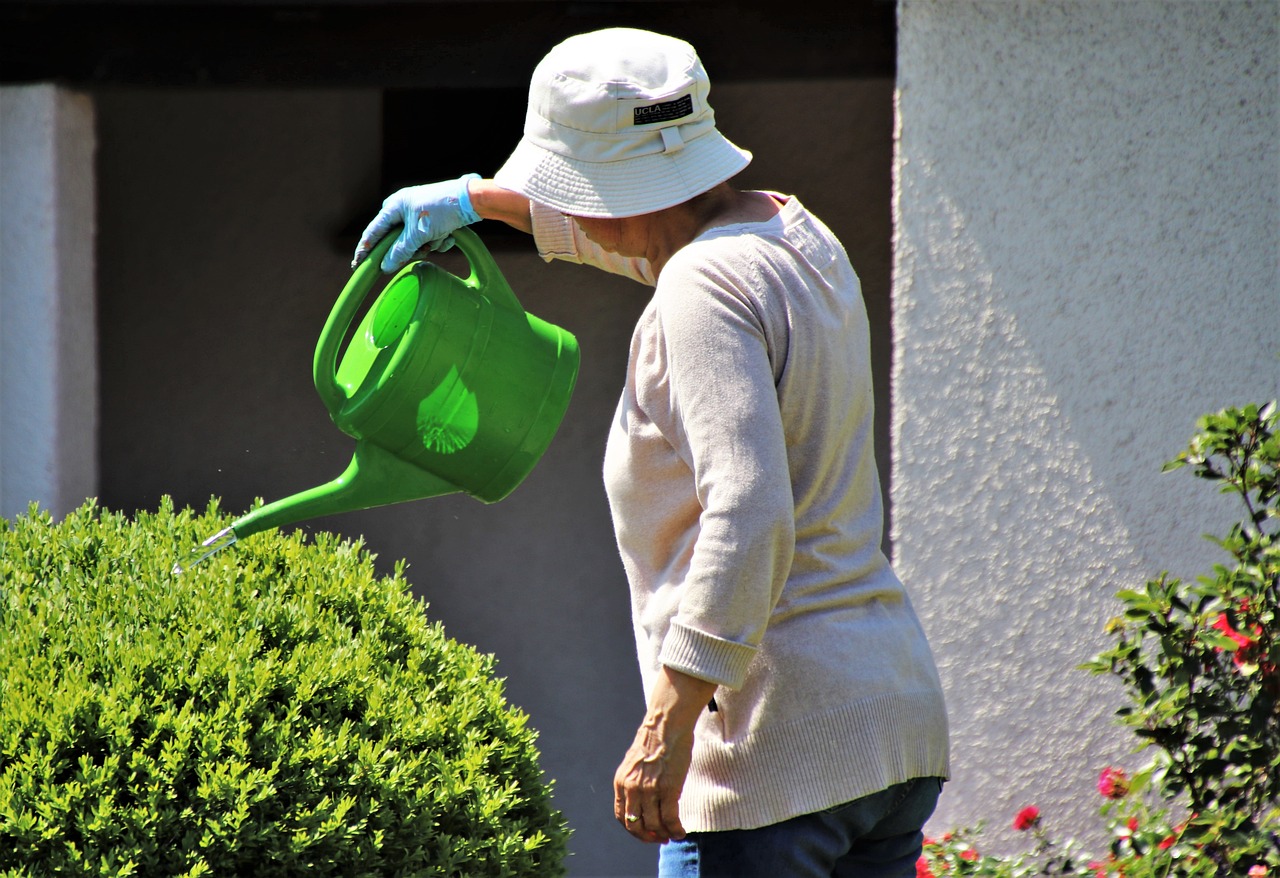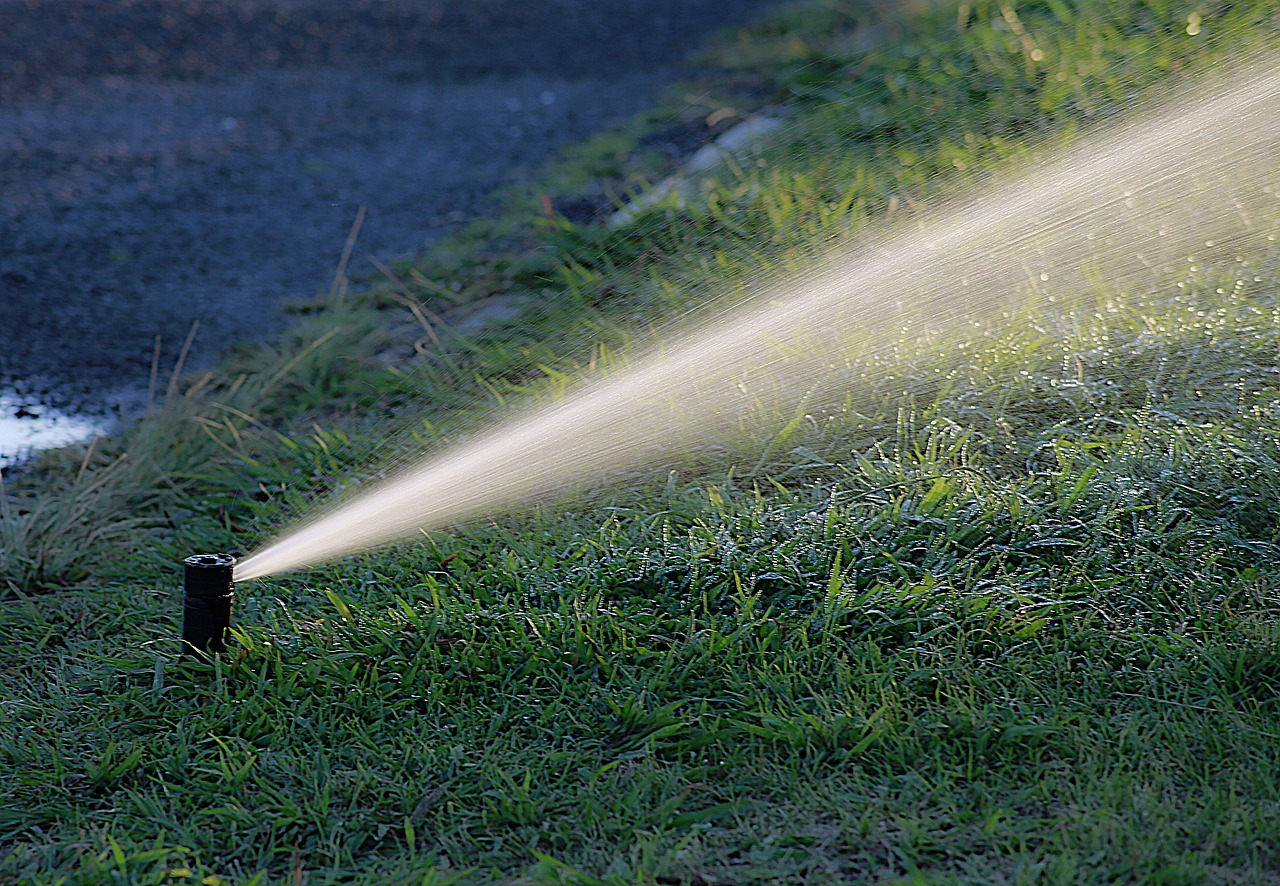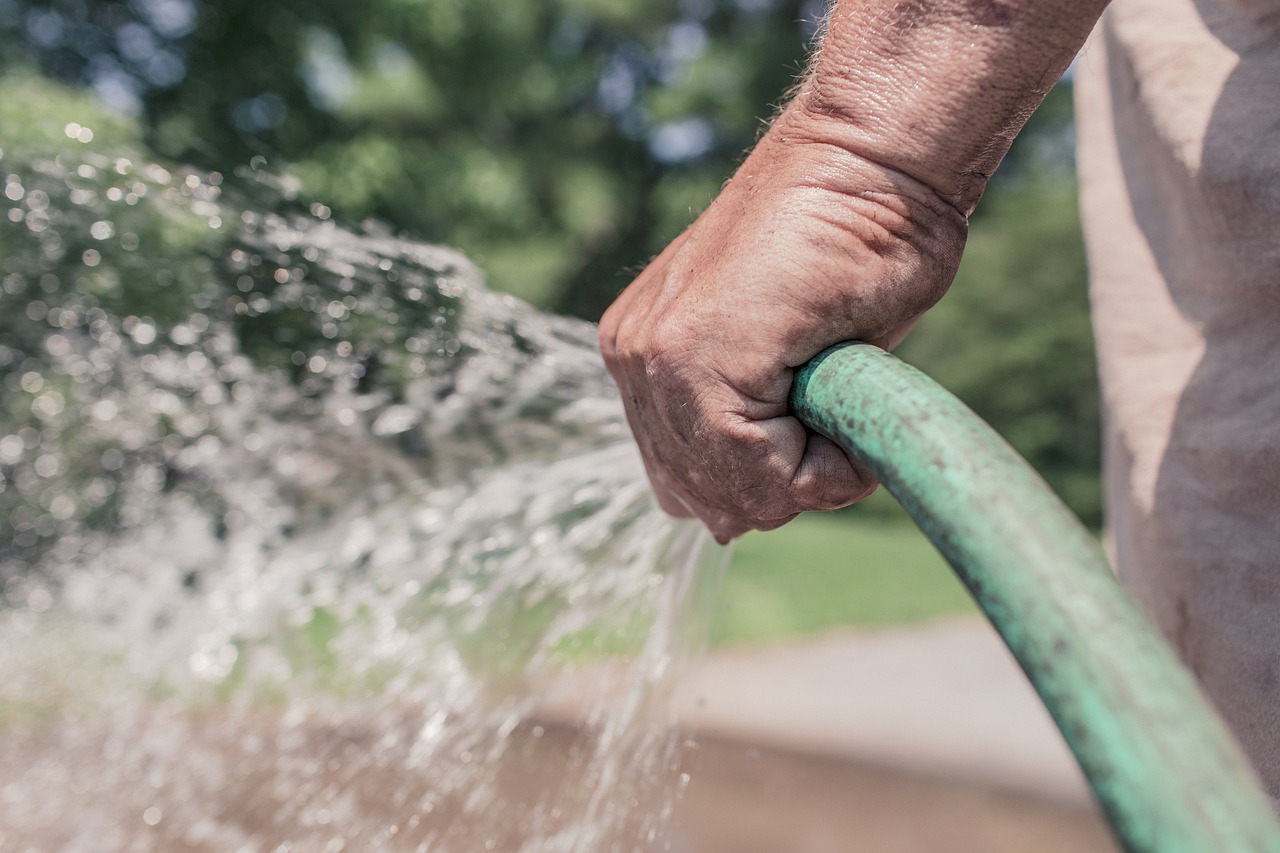Maintaining a healthy and vibrant lawn requires more than just regular mowing but also occasional watering. It involves a holistic approach that integrates proper techniques with effective lawn care practices. Understanding how these elements connect can significantly enhance the overall health and appearance of your lawn. In this article, your favorite urban gardeners will explore the vital connection between these techniques and lawn maintenance practices.
Other methods for your lawn care you can see in our blog for fertilization and also for scarification and aeration, but now let’s move into our theme.
1. Deeply and Infrequently Watering
One of the fundamental principles of proper lawn watering is to water deeply but less frequently. This technique encourages deep root growth, which leads to a stronger and more drought-resistant lawn. However, shallow but frequent can result in weak root systems and make the grass more susceptible to stress and disease.
How it Connects with Lawn Maintenance:
✅ Stronger Roots: Deep watering promotes deep root growth, anchoring the grass more firmly into the soil. This makes the lawn more resilient to foot traffic and environmental stress.
✅ Reduced Weed Growth: Deeper roots can outcompete weeds by accessing moisture and nutrients from deeper into the soil, minimizing the growth of unwanted plants.
2. Timing

The timing plays a crucial role in optimizing water absorption and reducing loss due to evaporation. During early morning hours (between 4 am to 9 am) it's ideal because temperatures are cooler and winds are usually calmer, allowing the water to penetrate the soil effectively.

How it Connects with Lawn Maintenance:
✅ Maximized Water Efficiency: This method at the right time ensures that the lawn absorbs more moisture, reducing water waste and lowering utility bills.
✅ Preventing Disease: In the morning, it helps the grass blades dry quickly, reducing the risk of fungal diseases caused by prolonged moisture in the garden.
3. Adjusting Watering Frequency with Seasons
Lawn watering requirements vary with the changing seasons. During hot summer months, your garden may need more frequent water techniques, whereas during cooler periods or rainy seasons, less may be necessary. Understanding these seasonal fluctuations is essential for maintaining a healthy plants.
How it Connects with Lawn Maintenance:
✅ Adaptation to Climate: Adjusting watering schedules according to the season ensures that the lawn receives adequate moisture without wastage or overwatering.
✅ Conserving Water: Being mindful of seasonal watering needs helps conserve water resources and promotes environmentally friendly lawn care.
4. Mulch and Soil Amendments
Applying a layer of mulch over the soil surface helps to retain moisture, moderates soil temperature, and reduces weed growth. Soil amendments like compost improve soil structure, enhancing its water-holding capacity and providing essential nutrients to the grass roots.
How it Connects with Lawn Maintenance:

✅ Moisture Retention: Mulch and soil amendments conserve water by reducing evaporation from the soil surface.
✅ Soil Health: Healthy soil promotes robust root development, resulting in a lush and resilient lawn.
5. Monitoring Soil Moisture Levels
Regularly checking soil moisture levels helps determine when and how much to water the lawn. Use a soil moisture meter or simply probe the soil with a screwdriver to gauge moisture depth. Do it only when the top few inches of soil are dry.
But if you don’t know how to do it, we simply recommend checking our article for soil preparation tips, or choose our service “Garden Maintenance”, because we can do it quickly and fast for you.
How it Connects with Lawn Maintenance:
✅ Prevent Overwatering: Monitoring soil moisture prevents overwatering, which can lead to root rot, disease, and nutrient leaching.
✅ Optimized Watering: Watering when needed ensures that the lawn receives adequate moisture without wastage.

6. Grass Type
Different grass species have varying water requirements. Research and understand the specific needs of your lawn grass—whether it's cool-season or warm-season grass—to tailor your watering schedule accordingly.
How it Connects with Lawn Maintenance:
✅ Species-Specific Care: Watering based on grass type promotes optimal growth and health, reducing maintenance issues like disease susceptibility.
✅ Water Conservation: Meeting the specific needs of your grass minimizes water waste.
Your Urban Gardeners have another choice to have beautiful gardens but only with our help. Check our service “Turfing”, so you can consider this option only by contacting us. More projects like this one you can watch on our Instagram page.
7. Implementing Proper Drainage
Ensuring good lawn drainage is as important as watering. Poor drainage can lead to waterlogging, which suffocates roots and promotes disease. Consider grading your lawn, installing French drains, or incorporating permeable surfaces to manage excess water.
How it Connects with Lawn Maintenance:
✅ Preventing Damages: Good drainage reduces the risk of water-related lawn issues like mold, mildew, and root rot.
✅ Healthy Soil Structure: Proper drainage maintains soil structure, supporting root health and nutrient absorption.
Conclusion
In conclusion, effective maintenance involves a symbiotic relationship between these methods and various lawn care practices. By adopting proper some of these strategies and integrating them with lawn maintenance, you can achieve a lush, green lawn that's not only beautiful but also resilient against environmental stressors.
Remember, a healthy lawn starts from the roots up, and proper watering is key to nurturing strong and vibrant grass, but if you think only Urban Gardener’s professionals can do the job, just make a call at +447760800457.


0 comments